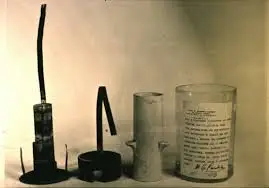Cart
3
Quantity
4,00 €
Quantity
12,00 €
Quantity
6,00 €
Product You May Also Like
Payment details
Sub Total
22,00 €
Shipping
Free!
Total
22,00 €
Apply

 Hot Pepper Taralli
Hot Pepper Taralli
 Olio d'Oliva E.V. 250 cl
Olio d'Oliva E.V. 250 cl
 Olio d'Oliva E.V. 100 cl
Olio d'Oliva E.V. 100 cl



















Leave a comment